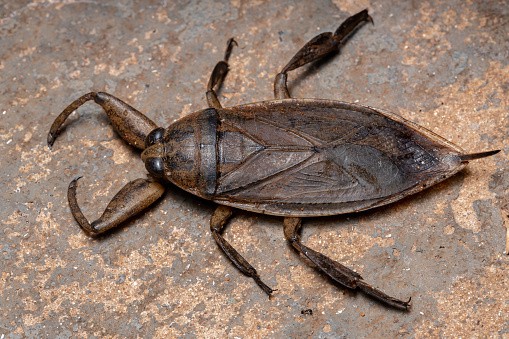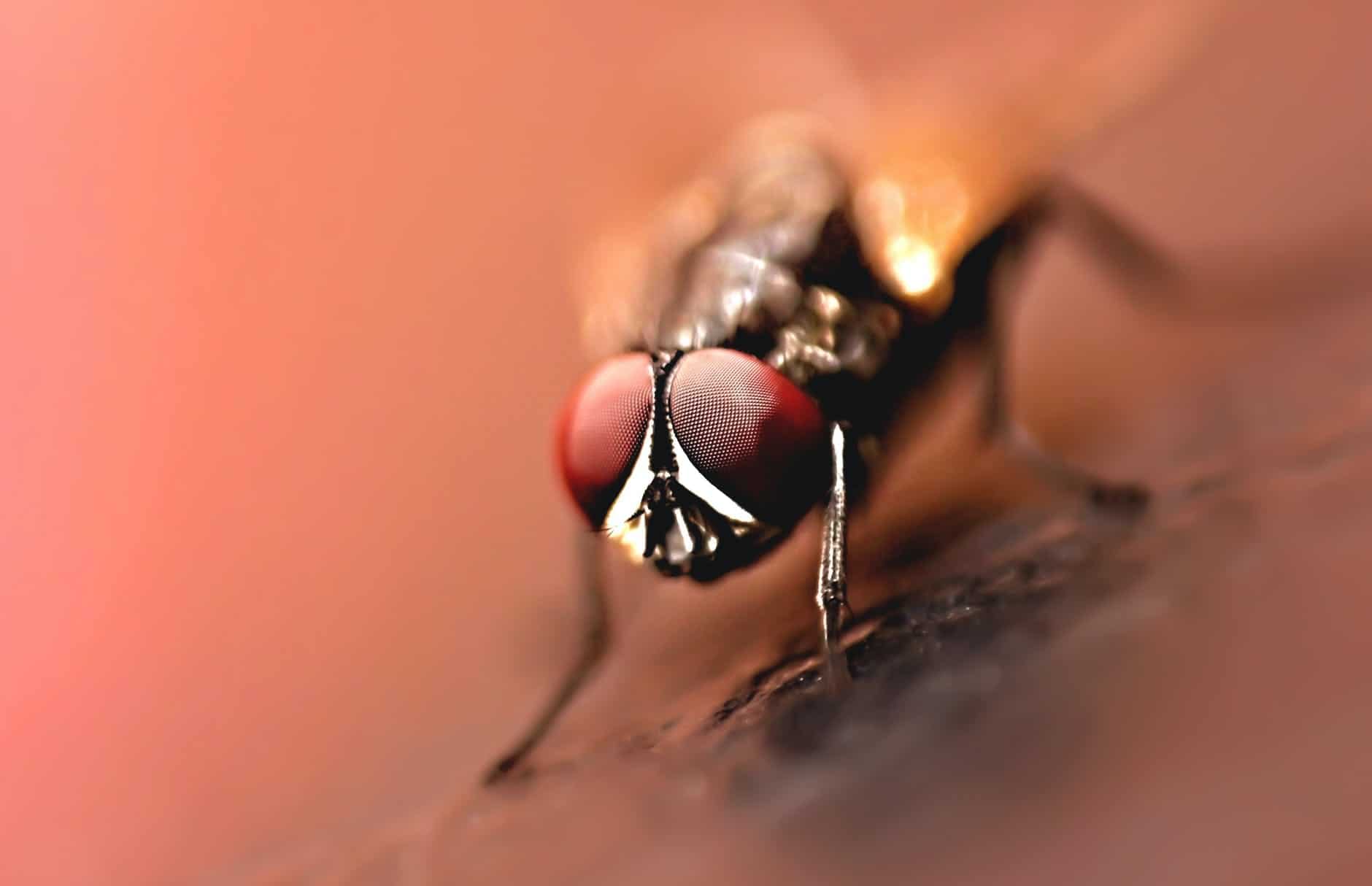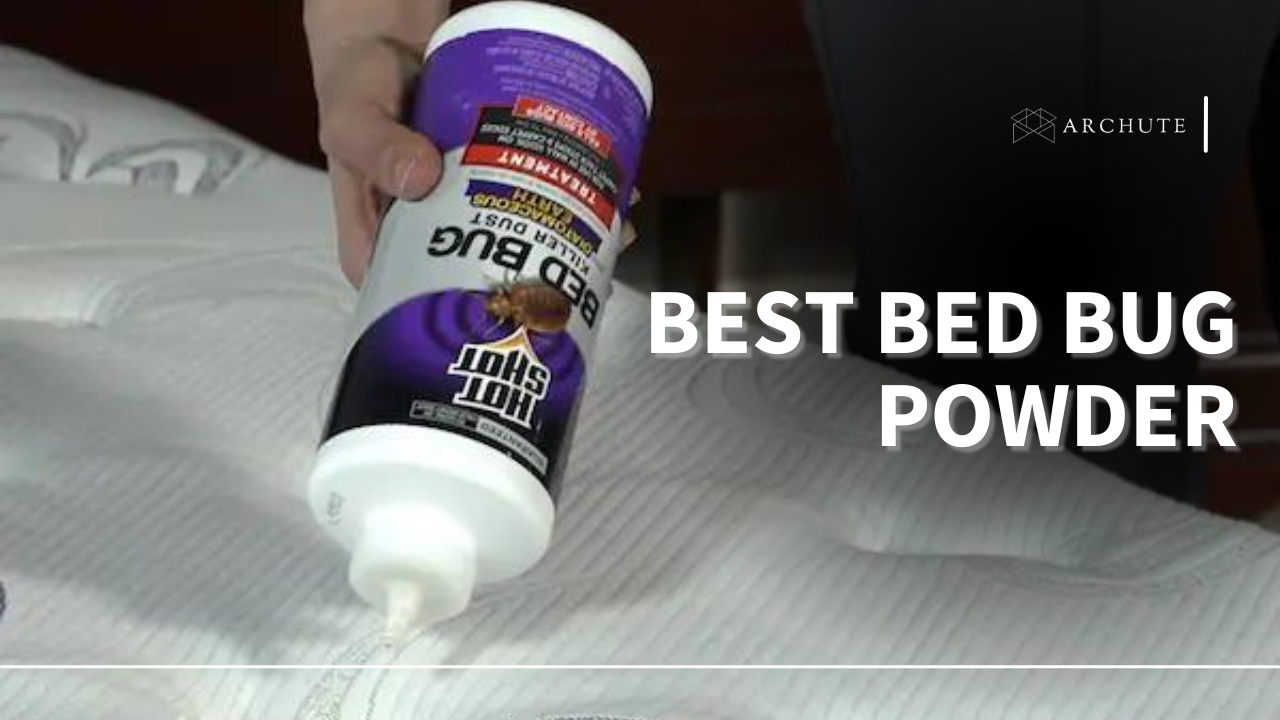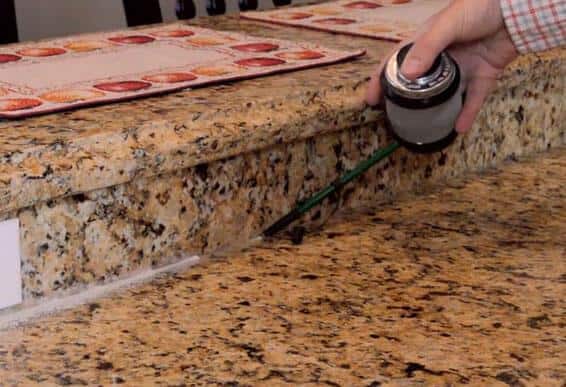Is your home infested with water bugs, and you wonder, "where do water bugs come from?" Or do you want to prevent the invasion of water bugs in your living space by practicing preventive measures? Either way, this article is meant for you as it discusses the origin of water bugs in your house, how to identify them, and possible ways to eliminate them.
But first, what are water bugs? And can they cause you any harm? Read along and get to know more about how to deal with a water bug infestation.
What Are Water Bugs?

A water bug is a nickname adopted by Americans to mean cockroach. But in essence, the true water bugs are the (infraorder Nepormorpha) commonly referred to as the oriental cockroaches. Water bugs exist in two species of cockroaches: oriental and American roaches.
How Do Water Bugs Look Like?
American Cockroaches

American cockroaches are red-brown and can grow up to two inches in length. Their bodies are flat-shaped with long antennas that make them look bigger. They have wings, but the males tend to have extended wings than the females. They can fly but in rare conditions.
Oriental Cockroaches

On the other hand, oriental cockroaches are big, black pests found in moist environments: indoors and outdoors. These creatures grow up to 1.5 inches in length and are rounder than the American cockroaches. Unfortunately, they also have shorter wings, and both sexes cannot fly.
Are Water Bugs Harmful?

It is rare for oriental cockroaches to cause structural damage, but they emit a distinctive musky odor that can cause allergic reactions in asthmatic patients. In addition, since they hang around dirty environments, they can spread diseases such as gastroenteritis. So, if you were thinking of ignoring them, you might cause yourself more harm than good.
Where Do Water Bugs Come From?
As their names suggest, these pests thrive in wet conditions such as streams and ponds but rarely live in water. They have adopted the name water bugs due to their tendency to love moist places. When the outside temperatures are unfavorable, they tend to travel to higher floors of buildings through sewer pipes, water pipes, or dirty spots such as garbage bins.
Once they enter your home, they create for themselves habitats in hiding places such as under the sink, dark kitchen corners, leaky pipes, or wash areas.
If you have identified oriental cockroaches in your home, a pro tip in dealing with them is that they do not fly and can't climb smooth surfaces, so most probably, they will use ground level as an entry point to your house.
An oriental cockroach can enter your house through an exterior wall, gaps beneath doors, cracks, or crevices. They even climb up the pipes of toilets or follow through cables in different houses.
On the other hand, an American cockroach can get into your house by gliding through tall branches and falling into your roofs.
Another possibility of water bugs' existence in your home is that you might have brought them accidentally. For example, you might have carried them from outside with firewood, but since they are already in your house, they find cozy places to stick around.
They tend to settle in warm places such as the kitchen, where they are attracted to the presence and smell of food.
What Causes The Breeding of Water Bugs In Your Home?
1. Climate Variation
The variation of outside temperature can cause water bugs in your home. In most cases, oriental cockroaches can tolerate cooler temperatures than American ones, but when the climate changes, they look for warm areas.
When the weather shifts to hot and dry, things may get uncomfortable for the roaches, and they dehydrate quickly. In such cases, they may hibernate or move indoors in numbers.
2. Water
Water bugs can survive in damp areas of your house and form breeding areas. A moist environment such as a leaking pipe or standing water is an absolute place to find them. That explains the existence of water bugs in bathrooms, toilets, and kitchens.
3. Existence Of Organic Material
American cockroaches scavenge for anything and everything; they eat everything that comes their way. You will find these roaches on the decomposing organic matter in objects such as trash cans, mulch, or in a compost pit.
These water bugs also exist in sewer pipes and septic tanks carrying composed material.
4. Sugar And Starchy Foods
If you want to catch a water bug, you can set a bait using sugar syrup as they are attracted to it. They also eat things made using starch like book bindings, paper, or the back of the wallpaper. In addition, they like fermented products such as wine, beer, or products made using yeast.
5. Dark Moist Areas
Once these aquatic insects infest your home, they will look for dark, damp areas and start multiplying the numbers. The oriental cockroach prefers humid outdoor areas but can still survive in arid areas so long as the water is provided.
They prefer 70-85 degrees Fahrenheit, explaining why they migrate indoors during winter. During summer, they adopt an outdoor feeding mechanism and return indoors when the temperature drops.
How To Get Rid Of Water Bugs Completely In Your Home
Water bugs can cause a nuisance in your home as when they breed in numbers; they lead to the spread of diseases. They can also be embarrassing and freaky when they pop up when you are entertaining guests. However, if you ignore their existence, they will only multiply and cause you harm. Here's how to get rid of water bug infestation in your home.
1. Practice Proper Hygiene
As discussed earlier, oriental cockroaches make themselves comfortable in your home in dirty areas such as garbage, drainage, or grimy areas. Killing water bugs can be an easy task if you identify these areas early enough. However, it would be best to clean these areas frequently to eliminate water and food particles that may encourage their existence.
Clear out garbage piles and clean your garbage bin before bringing it indoors. You should also scrub drains and rake any leaves around your building. You can also clear the compost pit or any dirt that may encourage their breeding.
2. Fix Leaky Pipes
Unlike cockroaches, water bugs love water bodies; if you have leaky pipes, they can be a habitat. So if you want to get rid of cockroaches, it is best to clear any water bodies around your home.
Oriental cockroaches pop in basements or accumulated water bodies like the swimming pool. If your pipes are leaking, you can fix them to reduce the chances of survival.
3. Seal Crevices
Oriental cockroaches find hiding places in wall voids, empty spaces, and crevices. If you come across them, you can seal the areas to block their likelihood of spreading to other areas using the best bug powder.
4. Maintain Your Plant And Shrubs
Maintaining the growth of shrubs and plants around your home is a way to prevent the spread of water bugs inside your house. In addition, trees and shrubs act as a natural habitat for cockroaches and pests.
When trees overgrow, they may extend their shade to your house, leading to a restricted airflow that encourages dampness in your home. This dampness can lead to pests breeding in your household. Trim your overgrown trees and shrubs to encourage free air circulation inside the house.
5. Seek Professional Extermination

If you have a serious cockroach issue and fear that you can manage it yourself, it is best to seek a professional exterminator. If you have tried the above precaution without improvement, there is no need to stress out; seek help from professional exterminators. Ensure the exterminators are from a licensed company specializing in Integrated Pest Management.
If you live in an apartment, you should let your neighbors know about your efforts to eliminate the roaches. Cockroaches can easily spread from one house to another, so having a combined effort to eradicate them will curb their spread permanently.
6. Perform A Chemical Treatment

You can get rid of cockroaches by performing various chemical treatments. If the cockroach issue is small in your house, you can use the bait method by placing baits in designated areas. This method is always effective, especially when you place the baits correctly.
Some of the chemical treatments include:
- Baited traps
- Gel Bait
- Insecticide dust
- Insect Growth Regulator
After deep cleaning, you will have gotten rid of some water bugs. So the next step is to try putting baits on places they appear.
You can use gel baits to target cockroaches on cracks and crevices. Gel baits are effective as the poison can travel from one cockroach to another as they return to their habitats.
Using insecticidal dust like boric acid or diatomaceous earth is effective in hard-to-reach areas since the effect lasts long and spreads.
When you apply insecticide dust, it floats in the air and dehydrates the cockroaches.
An IGR works by preventing cockroaches from multiplying through laying eggs.















